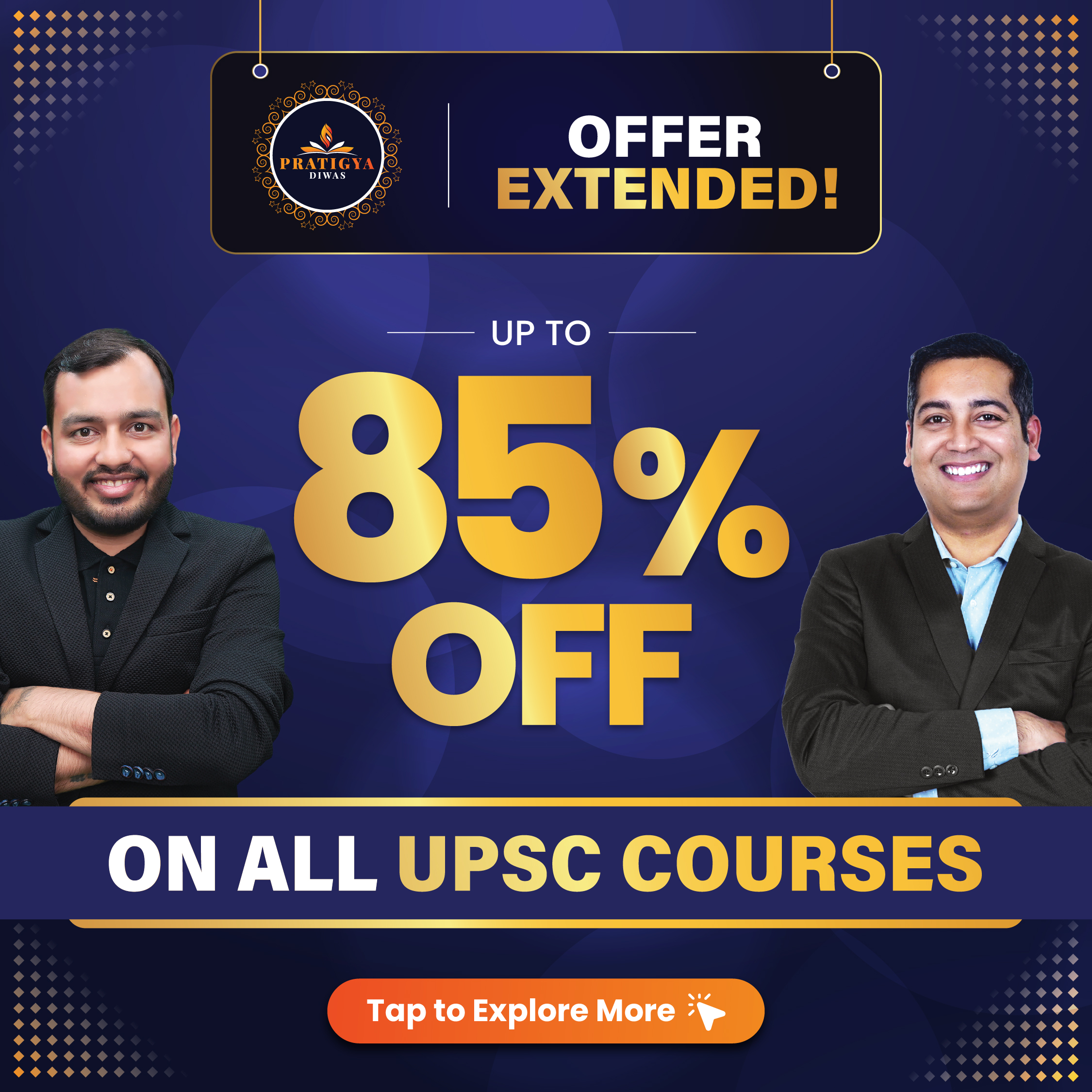April 12th is celebrated as International Day of Human Space Flight. This day commemorates the first human space flight, which took place on April 12, 1961, when Yuri Gagarin orbited the Earth in 108 minutes in the Vostok 1 spacecraft. The day is a tribute to science, imagination, and international cooperation.
Evolution of Space Science
- Case of India: Since the first human space flight there have been remarkable achievements such as moon landings, Mars rovers, and interplanetary probes. India, in particular, has emerged as a leading player in this field.
- ISRO Missions: Through frugal yet innovative methods, the Indian Space Research Organisation (ISRO) has accomplished several milestones — from Mangalyaan and Chandrayaan-1 to the precise landing of Chandrayaan-3 near the Moon’s south pole in 2023.
- With the upcoming Gaganyaan mission, India’s first crewed spaceflight, ISRO continues to demonstrate the power of disciplined, mission-oriented science — even with limited resources.
- Questions Worth Asking: What if other areas of science received similar attention and investment?
- What if we applied the space mission model — clear goals, focused funding, collaboration across disciplines, and public enthusiasm — to fields like microbiology, environmental science, public health, clean energy, agriculture, particle physics, quantum science, nanoscience, chemistry, biology, and mathematics?
Microbial Culture Collection Is An Invisible Frontier
- Microbial Culture Collection (MCC): One example is the Microbial Culture Collection (MCC) at the National Centre for Cell Science (NCCS) in Pune. Established in 2008, this national repository housed over 200,000 microbial cultures, many collected from extreme and unexplored environments.
- Importance: In scale and ambition, MCC was comparable to a space mission. Studying the soil microbiome, or applying microbial solutions for sustainable development could lead to major advances in climate resilience, health, and agriculture.
- Closure: Yet despite its importance, the project was discontinued in March 2025. Its closure serves as a reminder that, like space exploration, such scientific ventures require vision, patience, and sustained investment.
- Power of Perception in Science: The popularity of space science is partly due to its striking visuals — rockets, planets, and dramatic images from space. But many scientific revolutions unfold quietly.
- Example: The discovery of penicillin, the mapping of the human genome, and the invention of the transistor are all examples of breakthroughs that changed the world without spectacle.
- Way Forward: Strategic vision and institutional support, along with coordinated R&D and industrial partnerships, should have been integrated from the start—much like how space mission technologies quickly find diverse real-world applications.
- Public admiration greatly influences science policy. Space missions benefit from compelling stories of adventure and national pride.
- We can create similar narratives for hidden scientific work — such as the discovery of new microbes, development of rural water systems, or efforts to restore ecosystems.
Conclusion
As we honour the legacy of human space flight, it is important to reflect on the principles that made it possible — bold vision, political support, interdisciplinary collaboration, and public awe. These principles should not be limited to space programmes. They can and should be applied to classrooms, hospitals, rivers, forests, and all scientific fields still awaiting their moment.
To get PDF version, Please click on "Print PDF" button.

